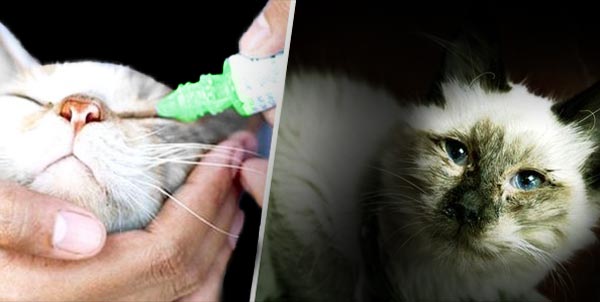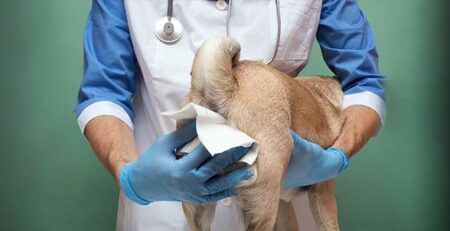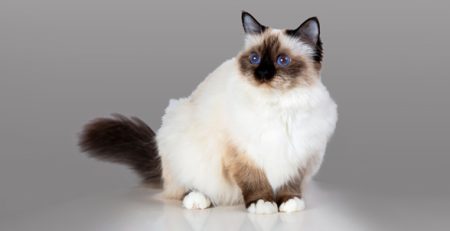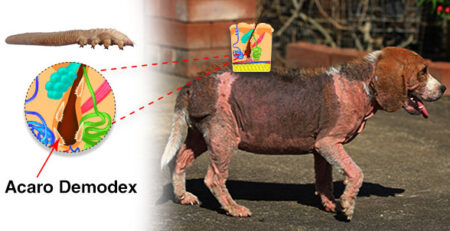Rhinotracheitis is a highly contagious infectious disease that mainly affects free-roaming cats but also domestic cats.
It is caused by feline herpesvirus type 1 (FHV-1) and is characterized by symptomatology often complicated by the concurrent presence of other pathogens associated with the respiratory infection complex.
Those most at risk are very young cats, unvaccinated kittens, and those who live outdoors and come into contact with contaminated cats.
Where there is a high concentration of cats, while withstanding little in the outdoor environment and in moderately warm and humid conditions, the virus is indeed able to infect several of them.
The virus continues to spread in the environment and can never be eradicated because many cats remain carriers and eliminators of the virus even after recovery.
It is estimated that about 80 percent of cured cats remain carriers of the virus.
How is rhinotracheitis transmitted?
The virus is shed directly into the environment via the ocular, nasal, and pharyngeal secretions of cats in the acute phase of disease or carriers.
Although it endures little in the outdoor environment, in a moderately warm and humid climate, the virus endures long enough to infect several cats.
Where there are high concentrations of cats, therefore, there is herpesvirus, infamous especially to those who manage feline colonies.
A characteristic feature of this infection is the phenomenon of latency-that is, its ability to remain localized in an inert form in the cells of the host cat’s nervous system.
From there, it is no longer eliminated; rather, as a result of stress or other illnesses, the virus comes out of its latency phase and flares up again.
Kittens can also contract the infection directly from their mother
Maternal antibodies, acquired through colostrum, protect kittens from the disease during the first few weeks of life.
But this immunity is bound to fade after very few weeks of the pups’ lives.
A vicious cycle, in short, that clearly explains how difficult the elimination of the virus is in catteries and all environments with high animal density.
Symptoms of rhinotracheitis
The incubation period is usually 2-6 days, but can be longer.
Viral rhinotracheitis in most cases manifests in an acute form with the onset of respiratory symptoms characterized by sneezing, serous nasal and ocular discharge, fever and lack of appetite.
These manifestations are followed by the appearance of conjunctivitis, initially serous, which often evolves with mucus and pus production.
As the pus dries, it forms scabs on the outside that “glue” the eyelids together.
Inside the eye, on the other hand, pus can stagnate and ulcerate the eye with the risk that serious injuries remain that cannot be healed: complete loss of vision, or even the cat’s eye
.
In these cases, it is important to remove the scabs and open the eyelids frequently to clear the pus.
When the disease presents in a more aggressive form, additional complications may arise: dermatitis, neurological signs, pneumonia, and even oral ulcers.
The course of rhinotracheitis
Herpesvirus affects cats of all ages.
,
sex and breed.
In most affected adults, clinical signs of rhinotracheitis disappear within 2-3 weeks.
Different is the case for puppies, elderly cats, and immunocompromised cats whose immune systems do not always respond positively and who are often life-threatening.
Beware of food refusal!
The cat also tends to refuse food: this occurs because the mucous membrane of its mouth is ulcerated.
And since ulcers cause pain, even if he is hungry he will avoid eating so as not to hurt himself.
Hence, the weight loss.
In an adult cat, usually in adults the symptoms remain mild and the disease resolves in 1-2 weeks.
Different is the case for puppies, elderly cats, and immunocompromised cats whose immune systems do not always respond positively and who are often life-threatening.
How is rhinotracheitis treated?
Treatment includes eye drops, antibiotics, mucolytic medications to relieve the oppression caused by mucus, remove scabs on the muzzle or under the eyes, and aerosols to clear the airways to restore kitty’s appetite.
Preventing infection
The possibility of contagion is reduced with proper disinfection of environment and accessories, kennels, bowls and carriers
.
Know that if your cat is a carrier of the disease and in case you have other cats in the house, you need to keep it isolated to avoid infection.
After caring for the sick cat, change clothes, use gloves, and disinfect hands, arms, and face very well before coming into contact with other healthy cats living in the house.
Vaccine prophylaxis
The preventive therapy par excellence and always recommended is vaccination.
The source then of stray cats and abandoned kittens increases the likelihood of having sick cats if they have not been properly and timely vaccinated.
Be responsible is careful with your vaccination schedule and always refer to your Veterinarian to keep track of vaccinations administered and subsequent booster shots throughout your cat’s lifetime.
Our Staff Physicians are always available, please do not hesitate to contact us.
We also remind you that in case of need and urgency Clinica La Veterinaria is always open, every day including holidays, and with First Aid service from 8 pm to 8 am.











